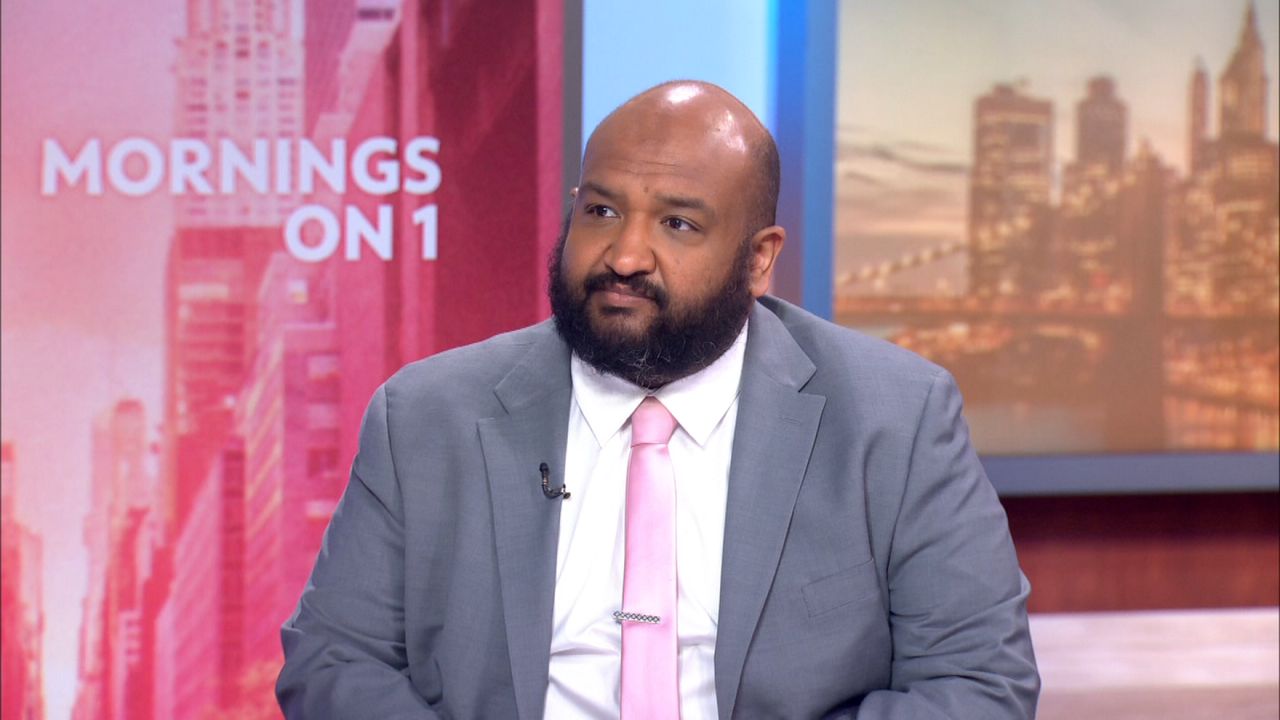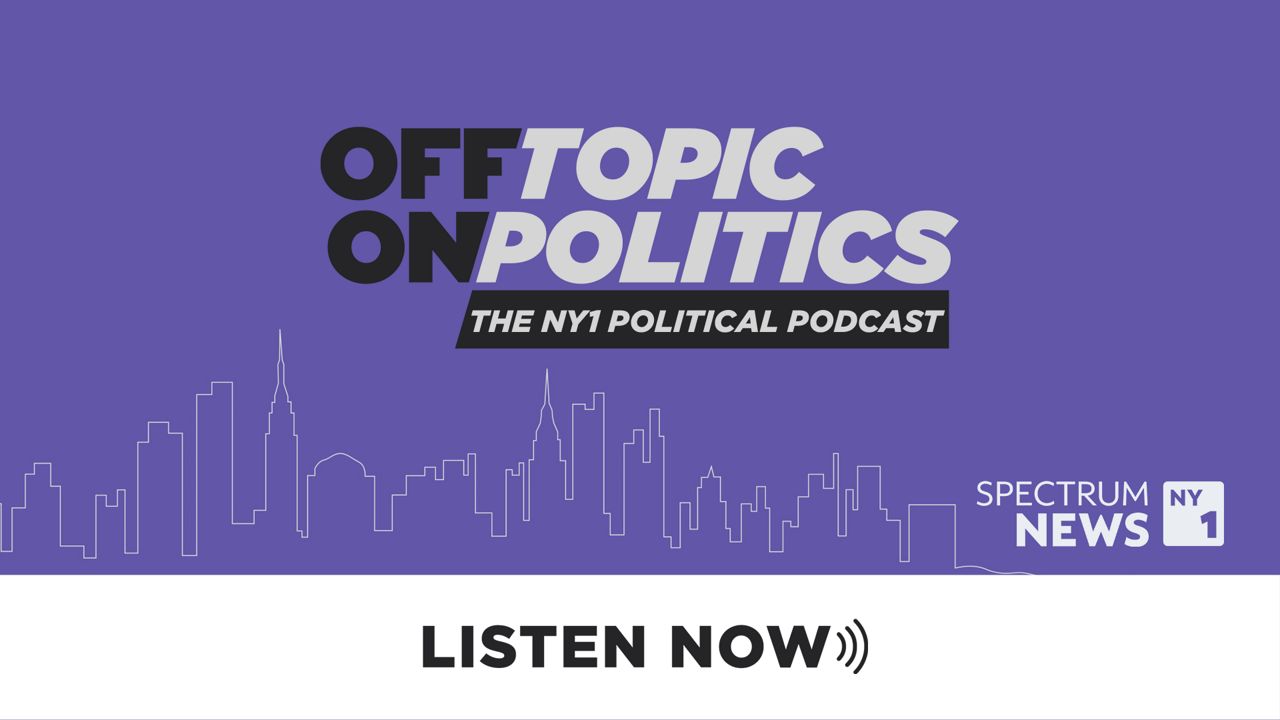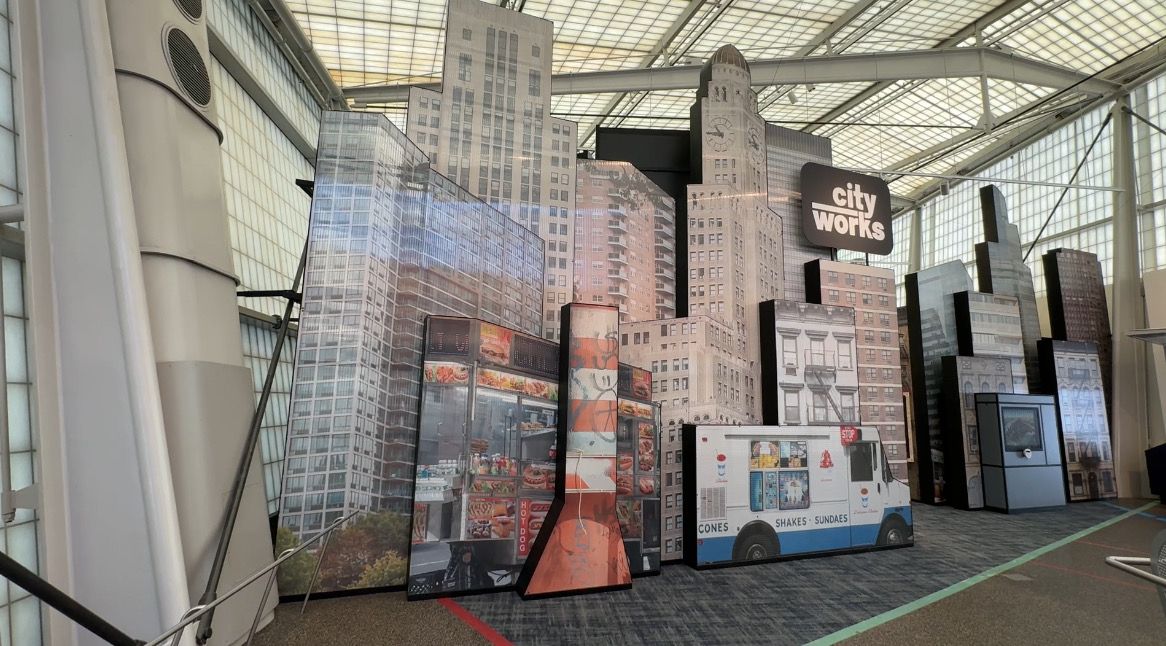Real estate executives say the city’s new energy and emissions limits on buildings is an especially glaring example of a well-meaning, but flawed law where even some of the most environmentally advanced buildings will face steep fines.
One Bryant Park is one of them. It’s a tower of sustainability, recognized as one of the most ecologically friendly high rises in the world.
Consider its state-of-the-art air conditioning system, using what are called ice batteries. It makes its own antifreeze and each night chills it to 27 degrees.
“Using energy at night is much more sustainable than during the day and that’s because the utilities use their most polluting and least efficient plants during the peaker times,” explained Jordan Barowitz, the Vice President of Public Affairs for the Durst Organization, which built and owns the building.
After the sun rises, the anti-freeze goes to work, running across grooves in metal plates, chilling water on the other side, which gets pumped through the building, creating air conditioning.
But under a new city law to fight global warming, Barowitz says the building would be fined $2.5 million each year for its electricity use.
The law establishes the Office of Building Energy and Emissions Performance within the Department of Buildings as well as greenhouse gas emissions limits for existing buildings 25,000 square feet or more. It doesn't take into account the cooling system's use of energy at night, when it’s more likely to come from sustainable sources like hydro power or that the building has its own clean-burning, natural-gas-fired power plant to generate some electricity.
“The building is a victim of its own success,” said Barowitz, “the reason we use so much energy is 11,000 people work here.”
Real estate executives say One Bryant Park is a glaring example of what they say is the law's one-size-fits-all approach to a complex issue.
Energy consultant Christopher Cayten says the law only measures a building's energy use per square foot, without taking into account how many people are inside and the building’s hours.
He says One Bryant Park, with a principal tenant Bank of America operating 24 hours a day, would be penalized when it should be praised.
“The greenest building is the building you build and then you use it 24/7,” said Cayten of Codegreen Solutions. “You’ve already built it. You’ve already got the infrastructure. You’ve already got the transportation. You’ve already got all the systems there. You should use that building as much as you can and that’s not what this bill is asking building owners to do. It’s saying the greenest building is the building that’s empty.”
Building owners are hoping the Buildings Department and the yet to be named advisory group take this into account as they implement the new law.
MANHATTAN
Even Some of NYC's Greenest Structures Would be Fined Under New Green Buildings Law
PUBLISHED 4:15 PM EDT Jun. 04, 2019









